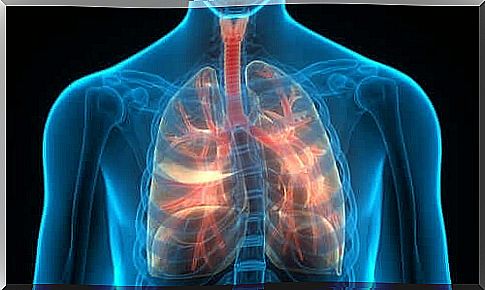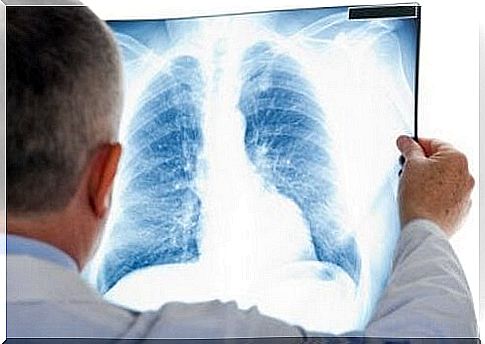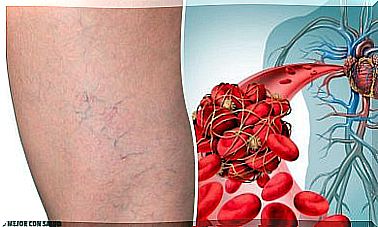Lung Transplant – Everything You Need To Know

Lung transplantation is a medical procedure that has developed significantly in recent years and offers increasingly promising results. The transplant patient will need constant emotional support and a lot of internal discipline to change the current lifestyle.
Lung transplantation is an operation, in which one or both diseased lungs are replaced by healthy, zapewnianymi by the deceased donor. It is a complex procedure that can significantly improve the patient’s quality of life.
The first successful lung transplant was performed in 1960 by Dr. James Hardy, followed by Denton A. Cooley in 1968. The first patient was a 2-month-old girl who suffered from congestive heart failure and recurrent pneumonia.
Transplantation is performed if the lung disease is terminal stage or when the gait has a serious pathology that has proven to be resistant to conventional treatments. In all cases, however, a lung transplant candidate must meet certain requirements to be eligible for surgery.
Why is lung transplant performed?
Lung transplantation is usually only performed when all other available procedures have been used and have not brought the expected results. The general profile of a patient eligible for transplantation is under 75 years of age with severe lung disease.
Here are some of the diseases that can lead to transplant:
- Chronic obstructive pulmonary disease,
- cystic fibrosis,
- pulmonary hypertension,
- pulmonary fibrosis,
- bronchiectasis
- sarcoidosis.

Indications
Lung transplant candidates must of course meet certain requirements. Only then are they eligible for surgery. Among the criteria that should be considered, the most important are:
- age – it was established that the maximum age is 75, although over 55 years the operation is already considered risky;
- body mass index – BMI cannot exceed 35;
- risk of death – surgery is recommended for patients whose risk of death, if not performed, is 50% for the next two years;
- high chance of survival after transplant – based on overall health;
- commitments – transplant definitely obliges to refrain from smoking (in the case of smokers), give up psychoactive substances and participate in a lung rehabilitation program.
Persons suffering from active infection are also excluded. Also those who have had cancer in the past two years or have a serious non-lung health problem. People who are malnourished or do not have a support network to ensure treatment adherence after transplantation also have lower chances.
Lung Transplant: The Risk
Lung transplantation is a complex operation and comes with significant risks. The most important risks are organ rejection and infection. The first occurs when the patient’s immune system attacks the transplanted lung or the lungs.
Anti-rejection medications are used to prevent this from happening, but these can cause side effects such as weight gain, stomach problems, and facial hair growth. These drugs also put you at risk of developing other diseases such as diabetes, osteoporosis, kidney failure and high blood pressure.
Therefore, in order to avoid any infection, after transplantation, the patient should follow strict hygiene measures and avoid contact with crowds or the sick. Finally, another possible risk is the formation of blood clots due to increased blood clotting.
What does lung transplant surgery look like?
The lung transplant process begins long before surgery. After the patient is assessed and placed on the list of eligible persons, put them on the waiting list to receive an organ from a donor.
While the transplant candidate is waiting for a donor, he must follow the medical instructions regarding his lifestyle. Once the lung is available, the patient’s readiness and compliance is assessed. If possible, then a transplant is performed.
Preparation
A person on the waiting list for a lung transplant should always be prepared to go to a doctor’s call whenever they get one. It is advisable to have a ready-made suitcase ready with personal items and regularly taken medications.
When a candidate arrives at the hospital, he or she undergoes a series of tests to check compliance. Overall health is also assessed. If there are doubts about the patient’s health, the procedure may be canceled. If everything is fine, it will happen almost immediately.
Operation
Lung transplant surgery is performed under general anesthesia. It takes four to eight hours for one lung to be replaced; both lung transplantation can take six to twelve hours.
The procedure is as follows:
- The extracorporeal circulation system is activated.
- If one lung is replaced, an incision is made to one side of the chest. If both, the cut is made below the chest and extends to both sides of the chest.
- Then, one or both of the lungs are removed and the blood vessels and airways of new organs are connected to the patient’s body.
- Probes are inserted to evacuate air, fluid, and blood from the chest. They will stay there for a few days until the new lungs start working.
- If the lungs are functioning, the cardiopulmonary bypass system is removed.
After the surgery
The patient should stay in hospital for 7 to 21 days. Most often, after surgery, he spends several days in the intensive care unit (ICU). However, each medical center has its own standards.
The first 24 to 48 hours are crucial. A careful observation is then made to assess the functioning of the lungs, heart, kidneys and mental state. You should also check for any additional bleeding.

Convalescence
The recovery period usually takes six months. Lung function is closely monitored during the first three to prevent complications. At this stage, you should be prepared for frequent visits to the hospital center for tests, including x-rays, biopsies, laboratory tests, and electrocardiograms. Drug response is also monitored.
After this phase, the patient should make changes in his life, including taking immunosuppressive drugs and regularly attending therapy and consultations. The first year after lung transplantation is the most critical. After that, all threats gradually begin to subside.
Weekly consultations are usually held for the first three months, followed by quarterly consultations for a period of one year. Later on, annual checks for the next 5 to 10 years.
Life after lung transplant
According to the available data, life expectancy after lung transplantation is 5.8 years. It can vary depending on the person’s previous illness. People with cystic fibrosis live 8 or more years after surgery.
Patients with idiopathic interstitial pneumonia have an average life expectancy of 4.8 years. 32% of those who have had a transplant live 10 years or more. The greatest risk of death occurs in the first 12 months, which is why medical checks are intensified at that time.








